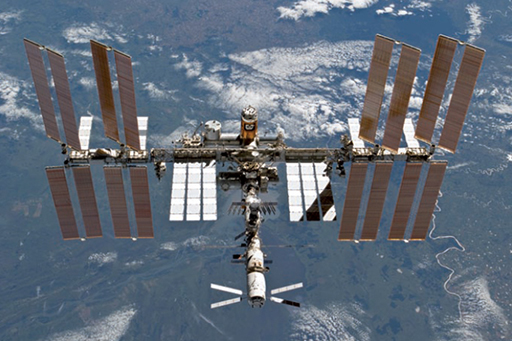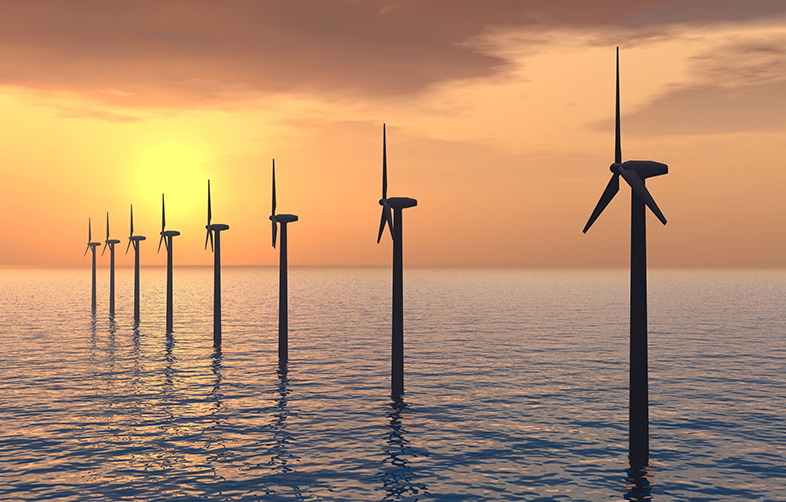1 Basic physical principles of photovoltaics
Solar photovoltaic (PV) cells directly harness an energy source that is by far the most abundant of those available on the planet: as you have seen, the net solar power input to the Earth is more than 6 500 times humanity’s current rate of use of fossil and nuclear fuels.

The PV cell in its most common form is made almost entirely from silicon, the second most abundant element in the Earth’s crust. It has no moving parts and can therefore in principle (if not yet in practice) operate for an indefinite period without wearing out. And its output is electricity, probably the most useful of all energy forms.
Photovoltaic cells consist, in essence, of a junction between thin layers of two different types of semiconductor, known as p-type (positive) and n-type (negative), which we’ll look at next.
